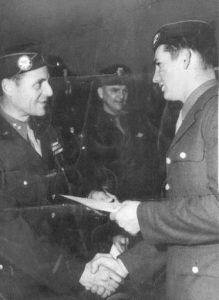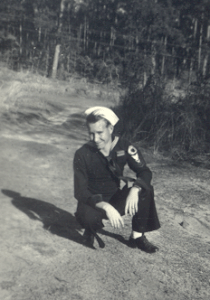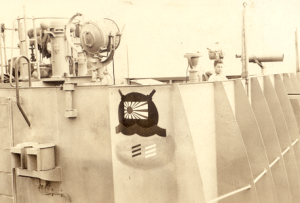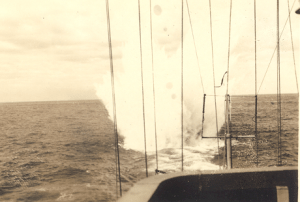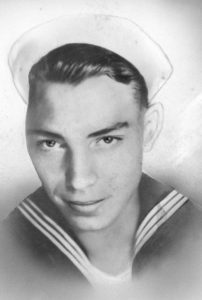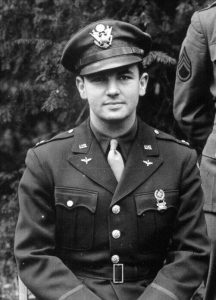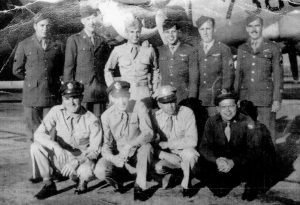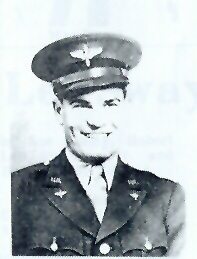WORLD WAR II VETERANS CONCORDIA PARISH. LOUISIANA
ARMY PARATROOPS
AUSTIN B. WILSON
EUROPE
82nd Air Borne Division Platoon Sergeant
505th Regimental Combat Team
Combat Jumps Normandy, France-June 6, 1944
Holland, September 17, 1944
Awards: Bronze Star with V Device
Born in 1922, I grew up in Ferriday, Louisiana where I attended high school and earned a football scholarship to LSU. I was at LSU, where my classes included Army ROTC, in November 1942, when E.B.(Brother) Hutchinson and I decided it was time to enlist, or we would miss out on being part of World War II, I had completed two semesters of ROTC training and felt like my military training was almost complete. We enlisted, and I choose the Army Air Force, because the Recruiting Officer promised “No KP or other duties.”
In 1943, I was sent to Ireland to begin training as a Paratrooper with the 82nd Airborne Division. The 82nd and 101st Airborne Divisions, after their successful campaigns in Italy, were now rebuilding and training for the main invasion of the Continent.
During the Normandy invasion, D-Day, June 6, 1944, our target area was several miles beyond the beaches. I and my small unit landed within a few hundred yards of our target. Others were not so fortunate, so our efforts were not united as rapidly as planned.
Both the Normandy and the Holland Campaigns were followed by days and weeks of fence row and fox hole warfare. After the Holland landings, we were in the famous “Battle of the Bulge”, where casualties were high and the weather was extremely cold. This campaign ended with Patton’s invasion of Berlin in May 1945, known as V.E. Day.
Dude Tarver and David Speed, both of Ferriday (both deceased) were members of the 82nd Air Borne and could have written similar stories. I received a Commission as a 2nd Lieutenant when on Reserve Duty, January 26, 1951. The below picture shows me receiving my diploma (and Paratrooper Wings) from Major General Ridgeway, March 29, 1944 at 82nd Airborne Division Headquarters, Leicester, England.
